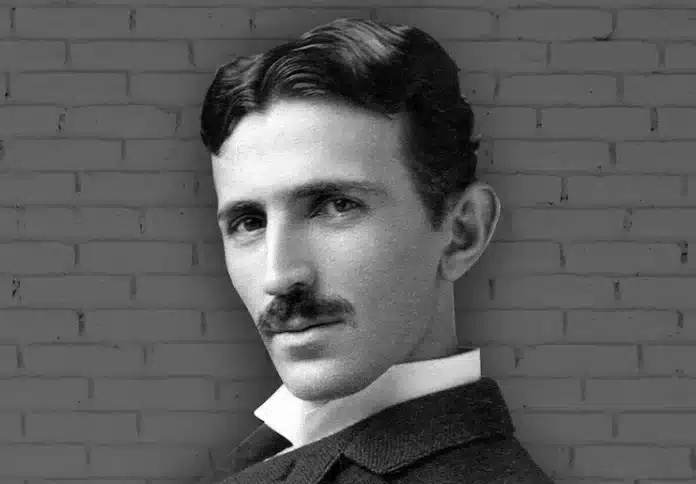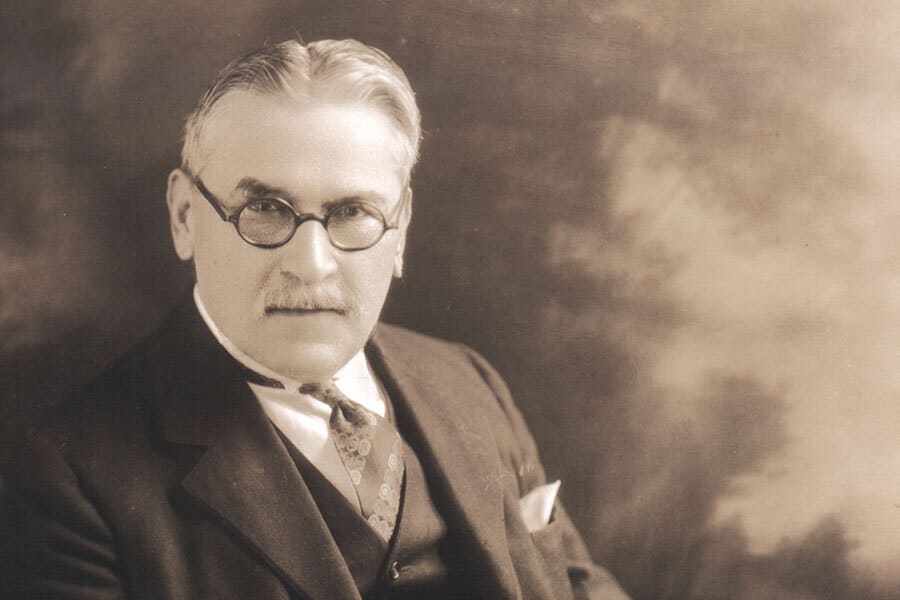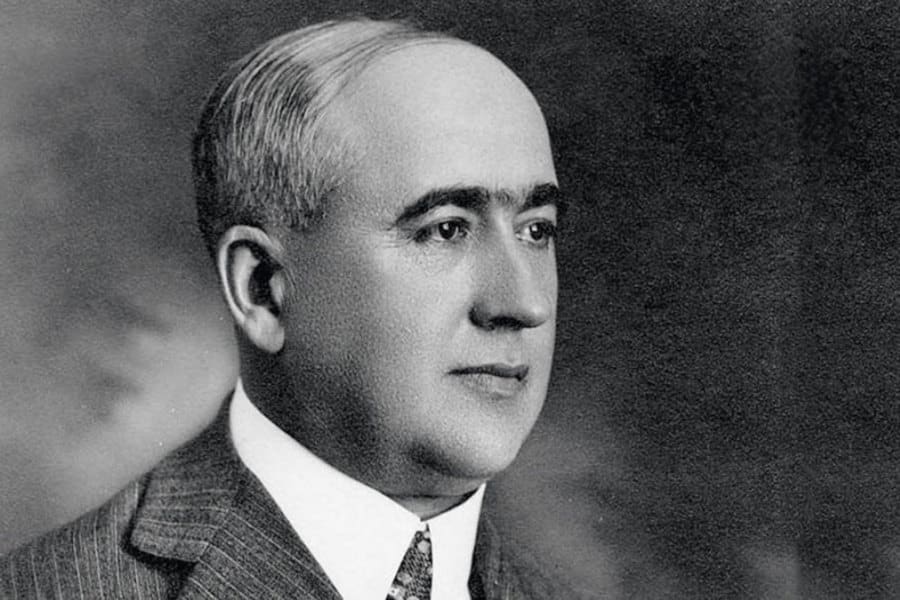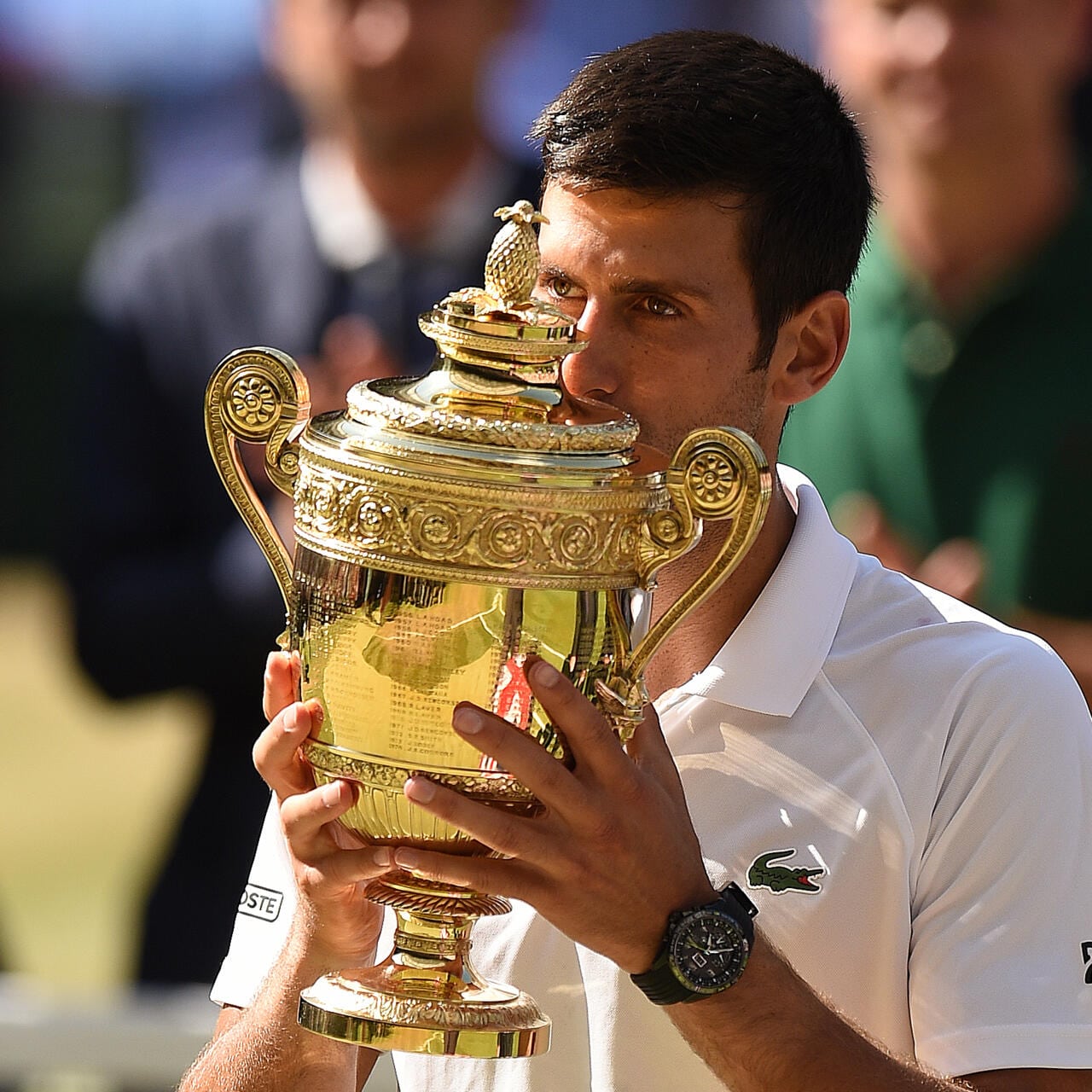Serbia, a landlocked country situated at the crossroads of Central and Southeast Europe in the southern Pannonian Plain and the central Balkans, is rich in history, cultural diversity, and natural beauty. Known for its significant contributions to the arts, particularly music, literature, and sports, Serbia also boasts a wealth of historical sites, including numerous UNESCO World Heritage sites. Its capital, Belgrade, is among the oldest and largest cities in Southeastern Europe, embodying the country’s vibrant cultural and social life. The Serbian landscape is varied, featuring fertile plains in the north, limestone ranges and basins in the east, and ancient mountains and hills throughout. Despite its tumultuous history, marked by various conflicts and the breakup of Yugoslavia, Serbia has emerged as a sovereign state committed to integrating into European structures, showcasing its resilience and the warm hospitality of its people.




Serbia has been home to many notable scientists who have made significant contributions to various fields, leaving an indelible mark on the world’s scientific community. Among the most distinguished is Nikola Tesla, a Serbian-American inventor, electrical engineer, mechanical engineer, and futurist best known for his contributions to the design of the modern alternating current (AC) electricity supply system. Milutin Milanković, another eminent Serbian scientist, made groundbreaking work in climatology, particularly in developing the Milankovitch cycles, which explain the long-term changes in the Earth’s climate by its position relative to the Sun. Mihajlo Pupin, an inventor and physicist, discovered a method for greatly extending the range of long-distance telephone communication by placing loading coils of wire at predetermined intervals along the transmitting wire, known as “Pupinization.” These scientists, among others, have significantly contributed to their respective fields, showcasing the rich scientific heritage and innovative spirit of Serbia.
Belgrade, the capital and largest city of Serbia, stands as a testament to resilience, culture, and history at the confluence of the River Sava and Danube. Known for its vibrant nightlife, historical architecture, and diverse cultural attractions, Belgrade seamlessly blends ancient traditions with modern dynamics. The city’s storied past is visible in its varied architecture, from Ottoman relics and Serbian medieval sites to Austro-Hungarian buildings and socialist blocks, culminating in a unique urban tapestry. Key landmarks include the formidable Kalemegdan Fortress, which offers panoramic views of the confluence of two rivers, the historic neighborhood of Skadarlija, the Saint Sava Temple, one of the largest Orthodox churches in the world, and the bustling Knez Mihailova Street. Belgrade’s rich cultural scene is complemented by numerous museums, galleries, and theaters, making it a focal point for cultural, economic, and political developments in Serbia and the wider Balkan region.



Serbian sports and athletes have gained international acclaim, showcasing remarkable talent, resilience, and competitive spirit across various disciplines. Serbia is particularly renowned for its achievements in team sports, such as basketball, water polo, and volleyball, with its national teams winning numerous medals in European, World Championships, and Olympic Games. In basketball, Serbia has produced legendary figures like Vlade Divac and Peja Stojaković, who have also made significant impacts in the NBA. Tennis has seen Serbia rise to global prominence, largely thanks to Novak Djokovic, one of the greatest tennis players of all time, who has won numerous Grand Slam titles and held the world No. 1 spot for a record number of weeks. In water polo, Serbia is considered a powerhouse, consistently producing world-class athletes and dominating international competitions.
Nikola Jokić, a Serbian professional basketball player, has established himself as one of the most versatile and skilled centers in the NBA, playing for the Denver Nuggets. Known for his exceptional passing, court vision, and basketball IQ, Jokić has earned multiple NBA MVP awards, distinguishing himself as a pivotal player in the league and a pride of Serbian sports.
Expo 2027 is the working title for a BIE recognised specialised exposition to be held in 2027 in Belgrade, Serbia. It is scheduled to begin on 15 May 2027 and close on 15 August 2027. This will be the first time that a BIE Expo is being held in Southeastern Europe. It will also be the first world exposition to be held in the former Yugoslavia.
1. It Is a Land of Rich Heritage and Culture
Several of the Serbian medieval monasteries such as Studenica, Our Lady of Ljeviš, Dečani, Gračanica, Sopoćani, the Patriarchy in Peć and the Old Fortress of Ras, feature on UNESCO’s list of World Heritage Sites. Serbia was also the origin of Miroslav’s Gospel, which is one of the oldest surviving manuscript in the world. It is recognized by the UNESCO as a World Documentary Heritage. The ancient city of Sirmium (today’s Sremska Mitrovica) which was one of the four Roman Capitals, was situated in Serbia. No wonder Serbia tour packages are popular among history lovers.
2. Birthplace of Roman Emperors
Not less than 17 of the great Roman emperors were born on the territory of today’s Serbia. The widely celebrated Roman emperor Constantine the Great, was born in today’s city of Nis. He was the first to declare Christianity as an official religion.
3. Largest Exporter of Raspberries
Serbia is the second largest exporter of Raspberries in the world. Besides raspberries, Serbia is the leading exporter of plums, prunes, apples and pears in Europe.
4. Serbian Hospitality is Famous
Several international polls have rated Serbia as the most hospitable nation in the world. Their impeccable hospitality standards can be traced back to the ancient Slavic belief that the gods will not favour the host if someone wasn’t hospitable to a guest. So you don’t have to think twice while choosing a Serbia Holiday package. Regardless of the Serbia package you choose, you can be assured of a warm welcome everywhere.
5. The word “Vampire” is Serbian
The word ‘Vampire’ is derived from the Serbian word ‘Vampir’. It is the most widely used Serbian word throughout the world.
6. Contribution to Science
Regardless of its turbulent past, Serbia has produced some scientific geniuses. Nikola Tesla, who was one of the greatest pioneers of science & technology was a Serbian. Besides Tesla, Mihajlo Pupin (physicist and physical chemist), Milutin Milanković (mathematician, astronomer), Vuk Stefanović Karadžić (philologist and linguist) and Mihailo Petrović Alas (mathematician and inventor) are some of the renowned scientists from Serbia.
7. Houses Europe’s Largest Gorge
The Djerdap Gorge in Serbia is Europe’s largest Gorge. The mighty Danube river flows the Djerdap Gorge, known as Iron Gates.
8. Belgrade Is One of the Oldest Cities in Europe
Archeological excavations have proven that human settlements had existed in Belgrade for more than 7000 years. However, the present Belgrade is a vibrant city with a flourishing economy and rich culture. The city also ranks high among the party destinations in the world. It is one of most interesting places to visit in Serbia.
9. Most Serbian last names end on ‘ić’
‘ić’ is the most common suffix of the Serbian last names. The suffix is a genuine Serbian patronymic and can be translated as ‘the offspring’.
10. Kolo is the traditional folk dance of Serbia
The lively ‘Kolo’ folk dance is an old tradition and a vital element of the Serbian culture. Kolo is performed on important social occasions such as weddings, Christmas and Easter.
SERBIA HAS ATTRACTED OVER €42 BILLION OF INWARD
FOREIGN DIRECT INVESTMENT SINCE 2007.
Since the onset of economic reforms, Serbia has grown into one of the premier investment locations in Central and Eastern Europe. A list of leading foreign investors is topped by world-class companies such as Bosch, Michelin, Siemens, ZF, Yazaki, Brose, Panasonic, Continental, Microsoft, Schneider Electric, Toyo Tires, NCR, Cooper Tires, Johnson Electric, Leoni, MTU, Barry Callebaut, Magna, Calzedonia, and many others.
In Belgrade, alongside the “Torlak” Institute, the construction of the multidisciplinary BIO4 Campus project has begun, which will establish Serbia as a recognizable bioeconomic center in Europe.